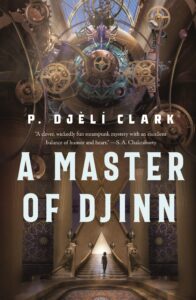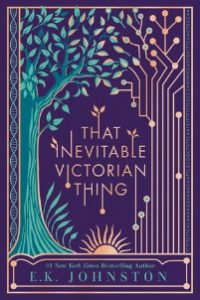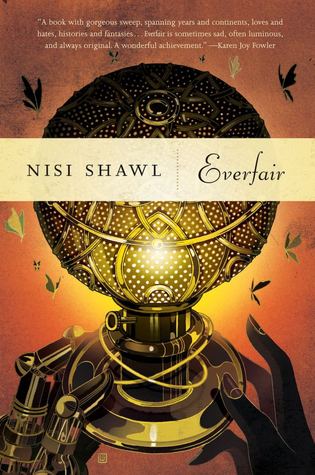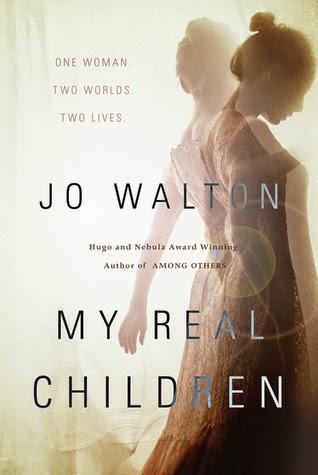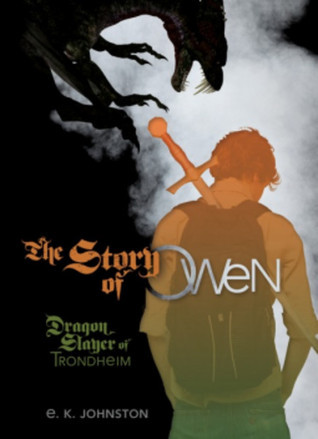Amazon Affiliate Link | Bookshop.org Affiliate Link
Sometimes when I’m reading/watching something, I think: what if this dashing, cavalier, risk-taking, slightly messy hero was a lesbian? Have you considered doing this exact story, literally nothing changed, except that instead of a vaguely scruffy man, this hero was a vaguely scruffy lesbian? I’m not the only one to think this, there’s plenty of art of Aragorn or Rick O’Connell as lesbians, but I had yet to come across a work of fiction where the lead adventurer was actually a lesbian…until now. In A Master of Djinn, Fatma el-Sha’arawi is the youngest woman at Cairo’s Ministry of Alchemy, Enchantments and Supernatural Entities, and yes: she’s gay (although she’s not a bit of a mess, she’s quite dapper, which is also acceptable).
I’ve always loved Egypt as a setting, especially if it’s slightly (or very) fantastical. Here, that fantastical element is central to the book, as it’s an alternate history where a mysterious man known only as al-Jahiz opened the door to the world of djinn and magic. I appreciated the timeline of this book, set around 40 years after this veil was pulled back. People have had a chance to get used to djinn and magic being part of the world, and there are understandably some changes with how life is lived, however there are still a lot of mysteries left to uncover about the various beings who now live among humans. It created a really interesting dynamic, where Fatma is simultaneously an expert (her job is to help understand and police all things magical, after all) and still learning about the magic that she encounters—meaning that the reader isn’t treated entirely to an exposition dump.
The setting and world building are not the only good things about this book, however! There are tons of interesting characters, both main ones and side ones, and their interactions are really the heart of this book. This is also a place where the narrator of the audiobook, Suehyla El-Attar, really shone, particularly with one character who was a teacher in Brooklyn and so speaks English with an American accent. I really enjoyed listening to this book, and definitely recommend it to anyone who likes audiobooks!
One downside, I will admit: this is much more of an action/adventure book than a mystery. I was able to figure out the big twist pretty early on, and I know some people don’t like that. It feels like a slight genre difference that threw some people off, so if you’re expecting a complicated Christie-like mystery, this isn’t the book for you. However, there was plenty of action to make up for the lack of mystery, and I thought it was a really fun read. And while this is the first full-length novel in this universe, there’s also a novella and two free short stories: “A Dead Djinn in Cairo” and “The Angel of Khan el-Khalili“. There’s plenty of world to explore and adventure to be had, and I can’t wait to see if he does anything else with the setting.

